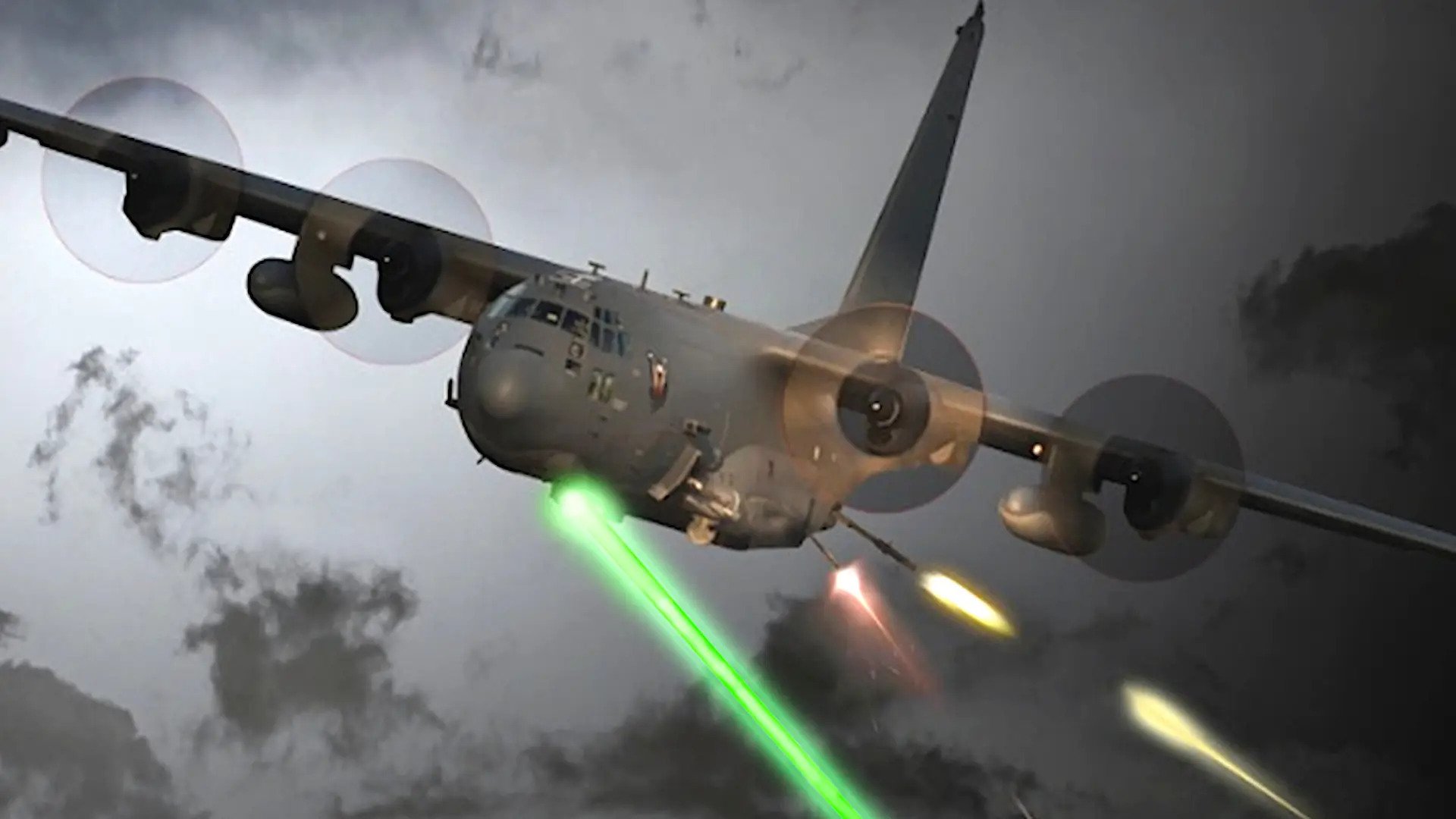Modifications to Air Force Special Operations Command’s (AFSOC) fleet of AC-130 gunships means that even if a planned August test of the new Airborne High Energy Laser (AHEL) system aboard an AC-130J Ghostrider this summer proves satisfactory, a whole new round of integration work and testing may be required after those trials should the system be transitioned to an operational capability, The War Zone has learned.
At the moment, the future of the AHEL program beyond this year remains murky. In 2019, the Pentagon initially signed a five-year contract with Lockheed Martin, which successfully completed factory acceptance testing and delivered the AHEL to the AFSOC in 2021. The first flight testing was originally anticipated sometime in Fiscal Year 2022, but that has been pushed back to this summer. And now, what was widely considered the best candidate to become the first operational airborne laser weapon system may never reach that goal at all.
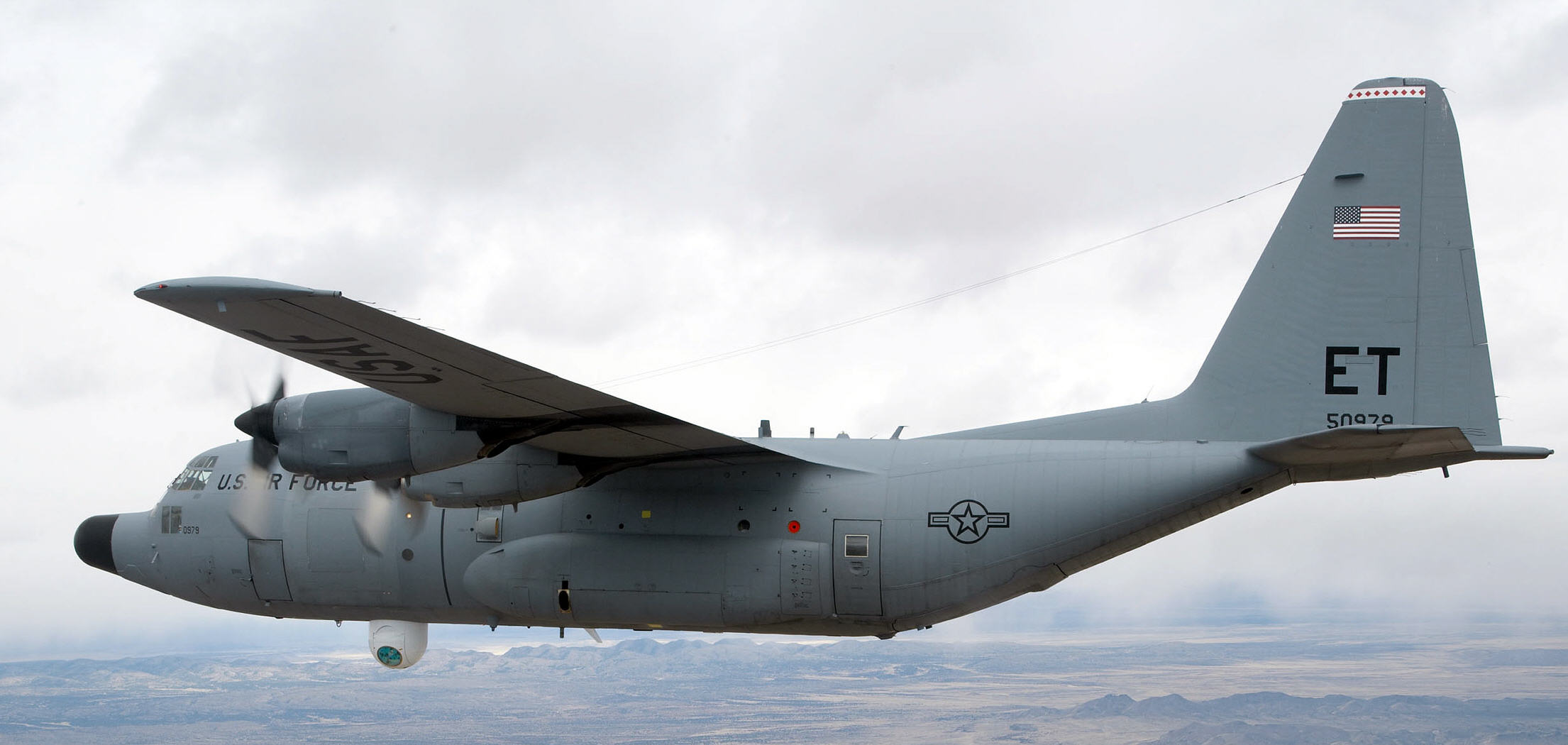
“Flight testing will determine [the] effectiveness of a laser weapon on the AC-130J and potential applicability for other DoD platforms,” an Air Force official told The War Zone Wednesday. “A formal decision on the future of AHEL on AFSOC aircraft hasn’t been made, but we expect a decision after the Technical Demonstration is complete and all data is evaluated.”
The idea behind the development of the AHEL system for a Ghostrider is to have a laser weapons system for use in “complex environments to enable joint/coalition SOF operations against targets such as communication nodes, light-to-medium duty vehicles, and power infrastructures,” according to a U.S. Special Operations Command (SOCOM) Fiscal Year 2024 budget justification book. This matches our long-standing analysis of how these weapons could be used in combat by assets that are optimized for close air support and interdiction missions, although its potential to be used against human targets is not mentioned in the budget document.
The laser, integrated together with a beam control system, has a 60-kilowatt power rating, the Air Force official told us Wednesday. This would be in line with Lockheed Martin’s own statements that this airborne directed energy weapon is in “the same class” as the HELIOS laser weapon it is supplying to the U.S. Navy, which also helps explain the service’s involvement in this effort. You can read more about that in our coverage here.
But a complicating factor in trying to determine if the AHEL is a good fit for the gunship is that the integration work and subsequent testing are being conducted on an older Block 20 version of the Ghostrider. The newer Block 30 variants are equipped with an upgraded Precision Strike Package (PSP), which includes refined features, including an updated “mission management console, a robust communications suite, two electro-optical/infrared sensors, advanced fire control equipment, a precision-guided munitions delivery capability, as well as trainable 30 mm and 105 mm weapons onboard,” according to the Air Force. The Block 30s also have new crew seats with added safety features and equipment that was relocated “into more optimal locations.”
All of these modifications mean that the AHEL system on the Block 20s will be in a different location and face new integration issues aboard the Block 30s, the Air Force official said. Given that, AHEL “might require quite a bit of additional testing” before its future is determined, the official told us.
The first tranche of the Block 30s was delivered to the 4th Special Operations Squadron (SOS) at Hurlbert Field in March 2019. The Air Force is keeping the last two Block 20 tails out of the Block 30 modification process until 2024 to accommodate the AHEL testing, the official said.
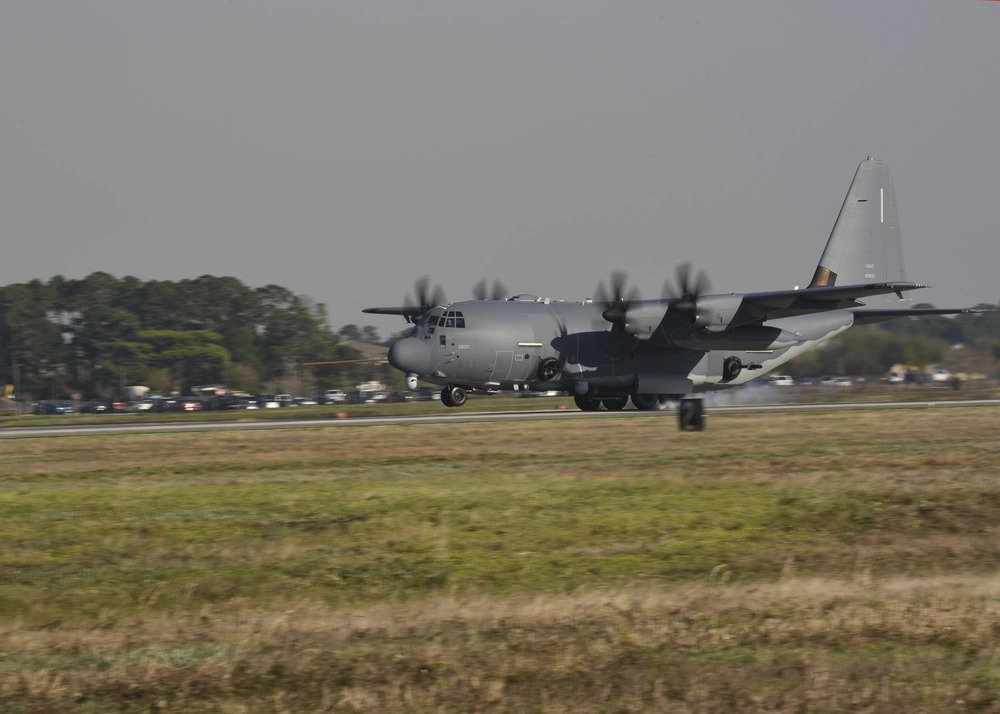
“Installation of the AHEL system is scheduled to begin in the next month with airborne testing scheduled to begin in late Summer, 2023,” the official told us.
According to SOCOM’s Fiscal Year 2024 budget justification book, the plans for the AHEL included flight testing and continued government integration, ground testing and aircraft fit check and flight test activities in Fiscal Year 2023. For Fiscal Year 2024, the plans call for completing test activities and demonstrating the AHEL system on the Ghostrider.
In its Fiscal Year 2024 budget request, SOCOM has asked for $3 million to complete flight test activities and demonstration of the AHEL system on the Ghostrider. That represents a nearly $13 million decrease from Fiscal Year 2023 “due to the estimated completion of flight test activities and demonstration” of the AHEL system on the Ghostrider in the second quarter of that fiscal year
Beyond that, the future is unknown.

In October 2021, Lockheed Martin announced that it had completed factory acceptance testing for the AHEL and then turned the weapon over to the Air Force.
Under a January 2019 contract, Lockheed Martin has been working to integrate, test, and demonstrate the new directed-energy weapon on the AC-130J, according to the company press release, which also noted that it’s now “on a rapid schedule to continue testing this capability.”
The entire project is a joint service effort, and, in July of 2021, Lockheed Martin’s Aculight Corporation division received a new $12 million, five-year contract award from the Naval Surface Warfare Center Dahlgren Division (NSWC Dahlgren) for technical services, integration, test, and demonstration of the AHEL. You can read more about that in our story here.
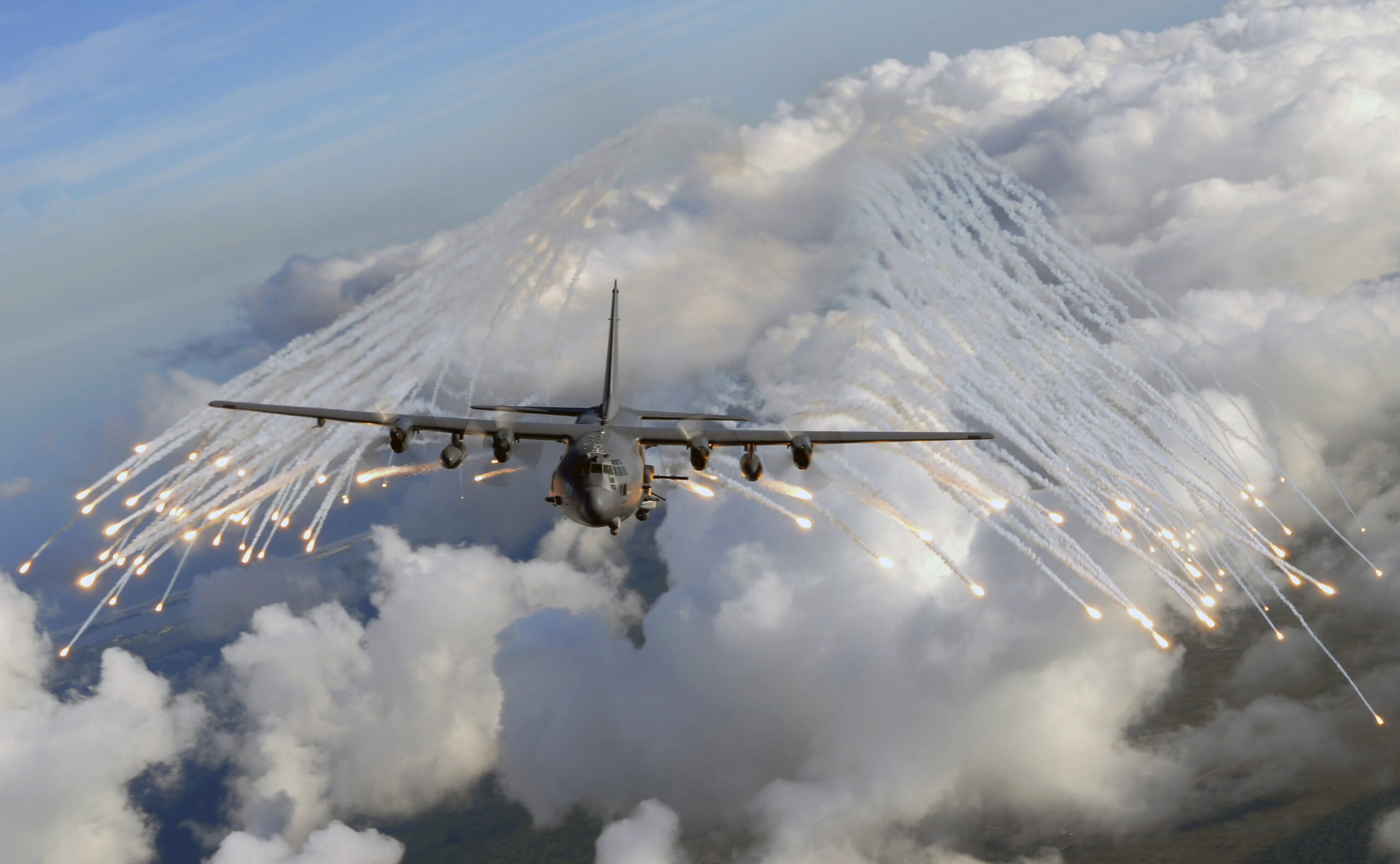
“NAVSEA Dahlgren is the Project Engineering Authority and USSOCOM Det 1 at Eglin will oversee installation and flight testing,” the Air Force official told us Wednesday.
There have been many generations of AC-130 gunships, but with the retirements of the AC-130W Singer II and AC-130U Spooky variants, the AC-130J Ghostrider is the only one remaining in the Air Force fleet. This has helped with sustainment, training, and upgrade work compared to the mixed fleet of various AC-130 sub-types that have persisted for many years. There are 30 AC-130Js now in the inventory.
From Vietnam to Panama to Kosovo to the Global War on Terror, AC-130 gunships have been very high-value capabilities, providing armed reconnaissance, interdiction and direct support to ground troops engaged with enemy forces. For relatively permissive airspace, they remain one of the most capable and feared air-to-ground platforms ever developed.
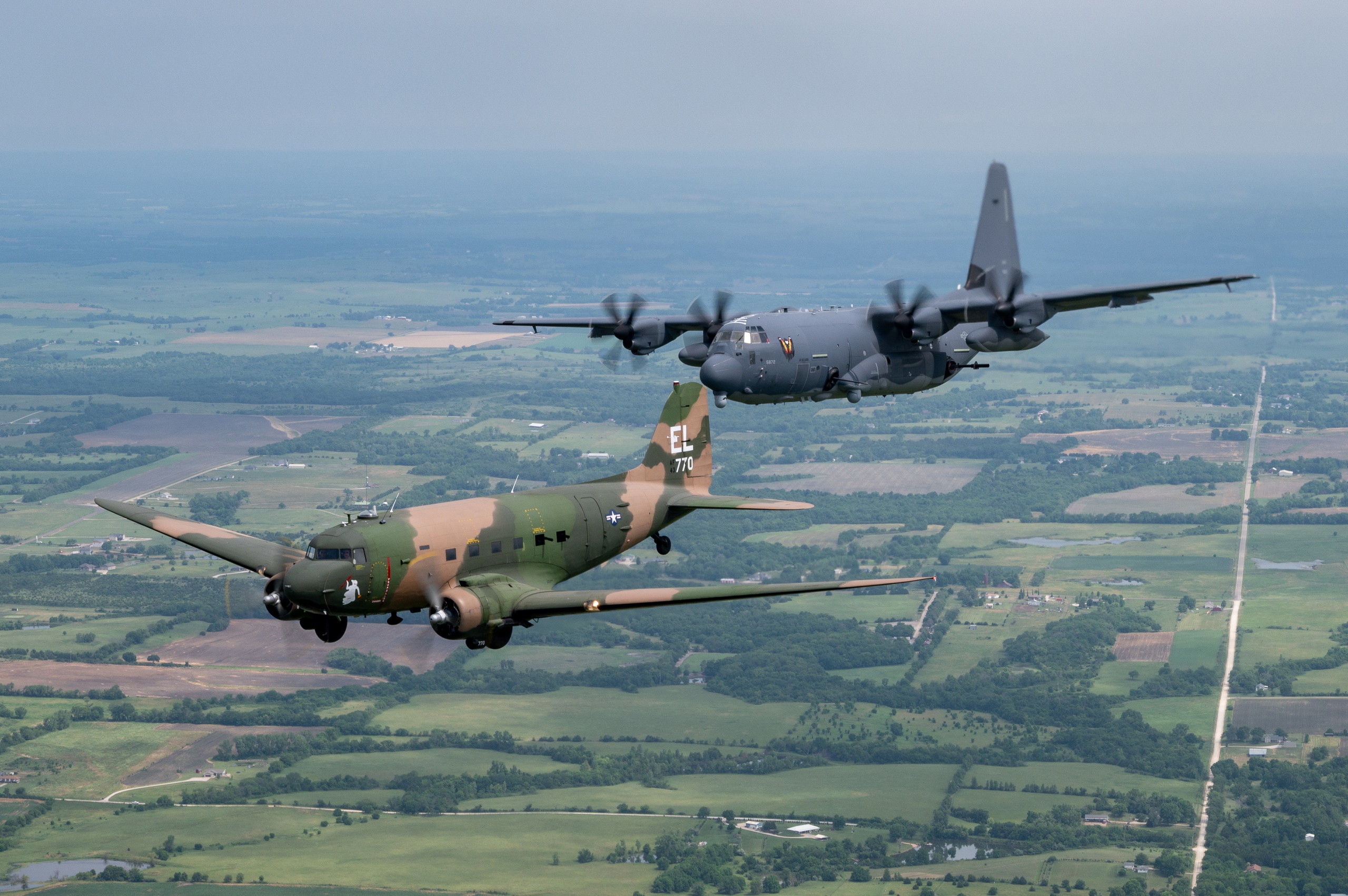
When the first Ghostriders were introduced in 2019, the 4th SOS and its AC-130U Spookys “held the title as the most deployed squadron in the U.S. Air Force since 9/11,” the flying branch said in a media release at the time.
The AC-130J delivers an impressive and highly flexible punch with an arsenal that now includes a 105-mm howitzer, as well as a smaller 30-mm GAU-23/A Bushmaster cannon. The aircraft also carries a range of precision-guided munitions, including the AGM-114 Hellfire missile and the GBU-39/B Small Diameter Bomb (SDB), under their wings. The planes can employ smaller precision weapons, such as the GBU-44/B Viper Strike and GBU-69/B Small Glide Munition glide bombs, as well as the AGM-176 Griffin missile, via Common Launch Tubes (CLTs), too.
But the mission sets are evolving. With no more U.S. troops on the ground in Afghanistan, and the U.S. no longer conducting combat operations in Iraq, the AC-130’s counter-insurgency /counter-terrorism mission has largely receded.
There are still a number of low-intensity conflicts and other missions around the globe where the Ghostrider can play a role, like the recent evacuation of U.S. personnel from the embassy in Sudan.
Overall, however, the emphasis is shifting to a high-end fight in the Pacific, which even the AC-130 is needing to adapt to in order to stay relevant, something we will take a much deeper-dive on in the future. Operating in the Pacific against a near-peer state like China would likely involve flying in contested airspace.
The war in Ukraine has vividly illustrated how even fast-moving combat jets on both sides of the fight are extremely vulnerable to air defense systems. A propellor-driven aircraft like the Ghostrider, which is not known for its speed or ceiling, would be particularly vulnerable to the kinds of air defense systems employed by China.
With this in mind, AFSOC is planning several defensive system modifications for the AC-130J, Air Force Maj. Richard “Dick” Lofthouse, an AC-130J program manager, said Wednesday during the 2023 SOFWeek conference in Tampa, Florida.
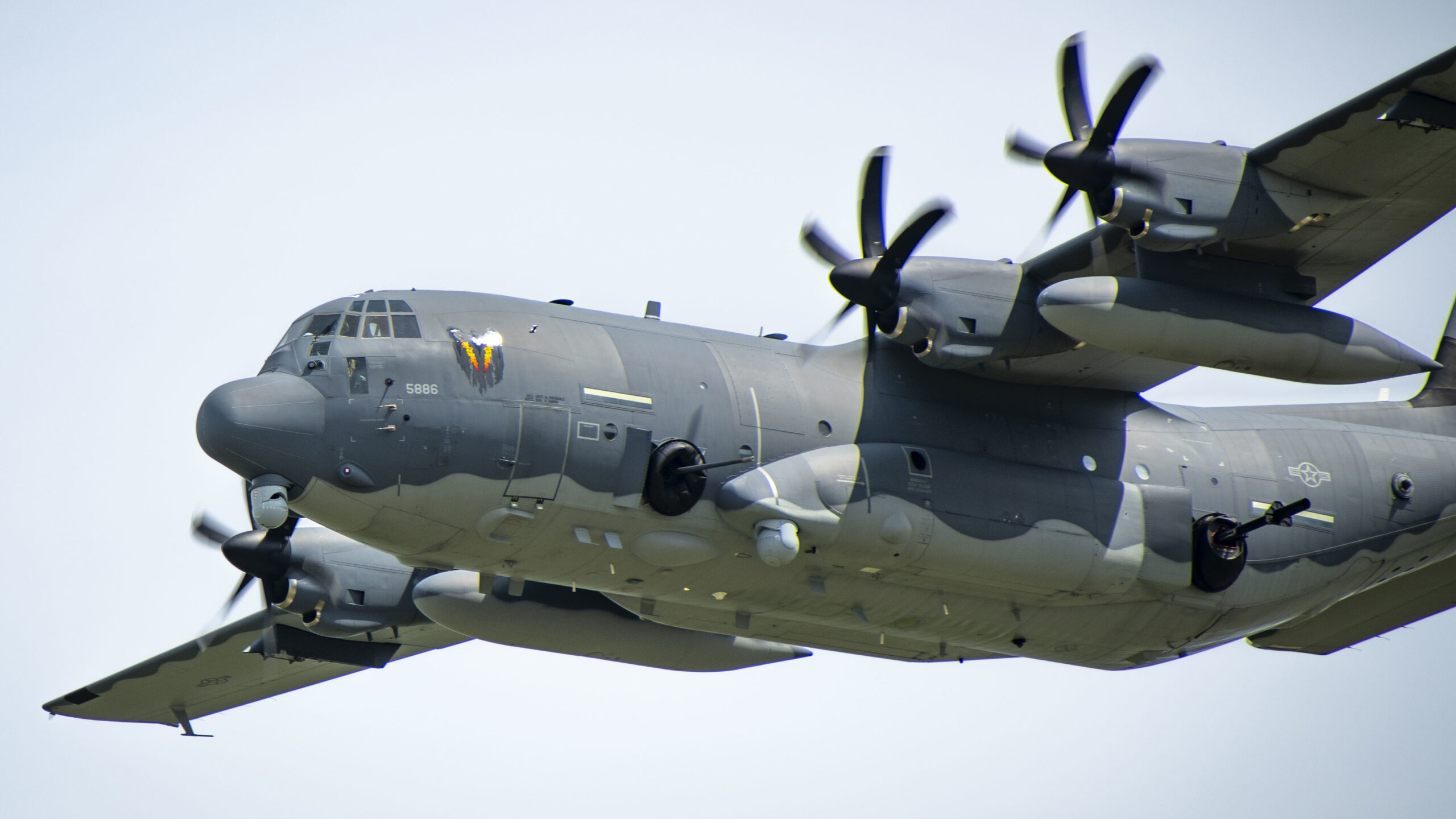
The Air Force official told us that in addition to being equipped with upgraded defensive systems, the Ghostrider is also being used as a testbed to judge the efficacy of the laser system as part of AFSOC’s weapons evaluation process.
With many competing priorities and the Pentagon’s gaze turning away from counter-terror and counter-insurgency operations, investing in a laser weapon for the AC-130 isn’t likely the priority it once was. Other investment priorities for the AC-130J itself, which could include new weapons, communications and other systems upgrades to make it relevant to a Pacific fight, makes continued investment in AHEL for the airframe questionable. This is especially true now that bringing the laser into an operational state will require more time and money due to another integration evolution to fit the Block 30. And this assumes that it even works to a satisfactory level in trials this summer.
The world of solid-state laser weaponry is rapidly advancing, too. These systems are getting smaller and more powerful with each passing year. Maybe a podded solution that requires minimal integration could be available to the AC-130 in the not-so-distant future if AHEL were to end at a research and development project.
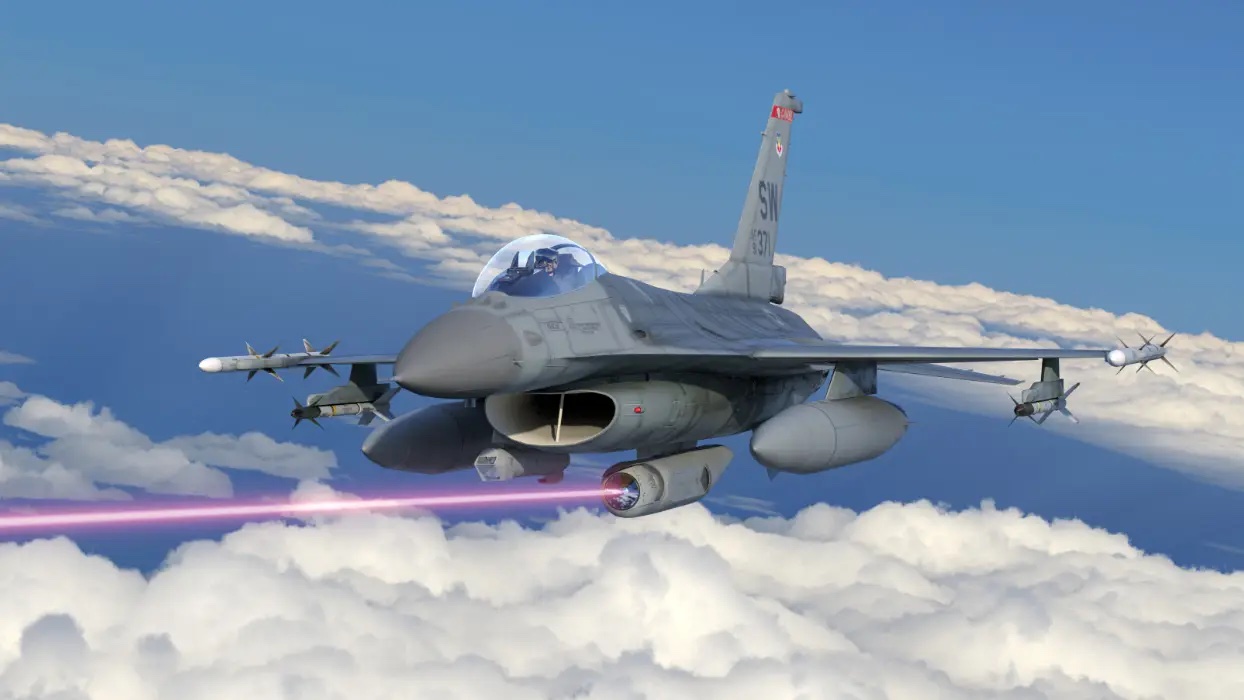
“The future of the AHEL is still to be determined but more will be known after the testing is complete,” the Air Force official told us Wednesday. “Even if it doesn’t remain on the AC-130J it may be a better fit for another platform – counter small UAS operations or something else – learned during testing.”
Whether the AHEL has a role in the future, and on what platform, is something we will keep an eye on and report any updates.
Contact the author: howard@thewarzone.com, tyler@thedrive.com
